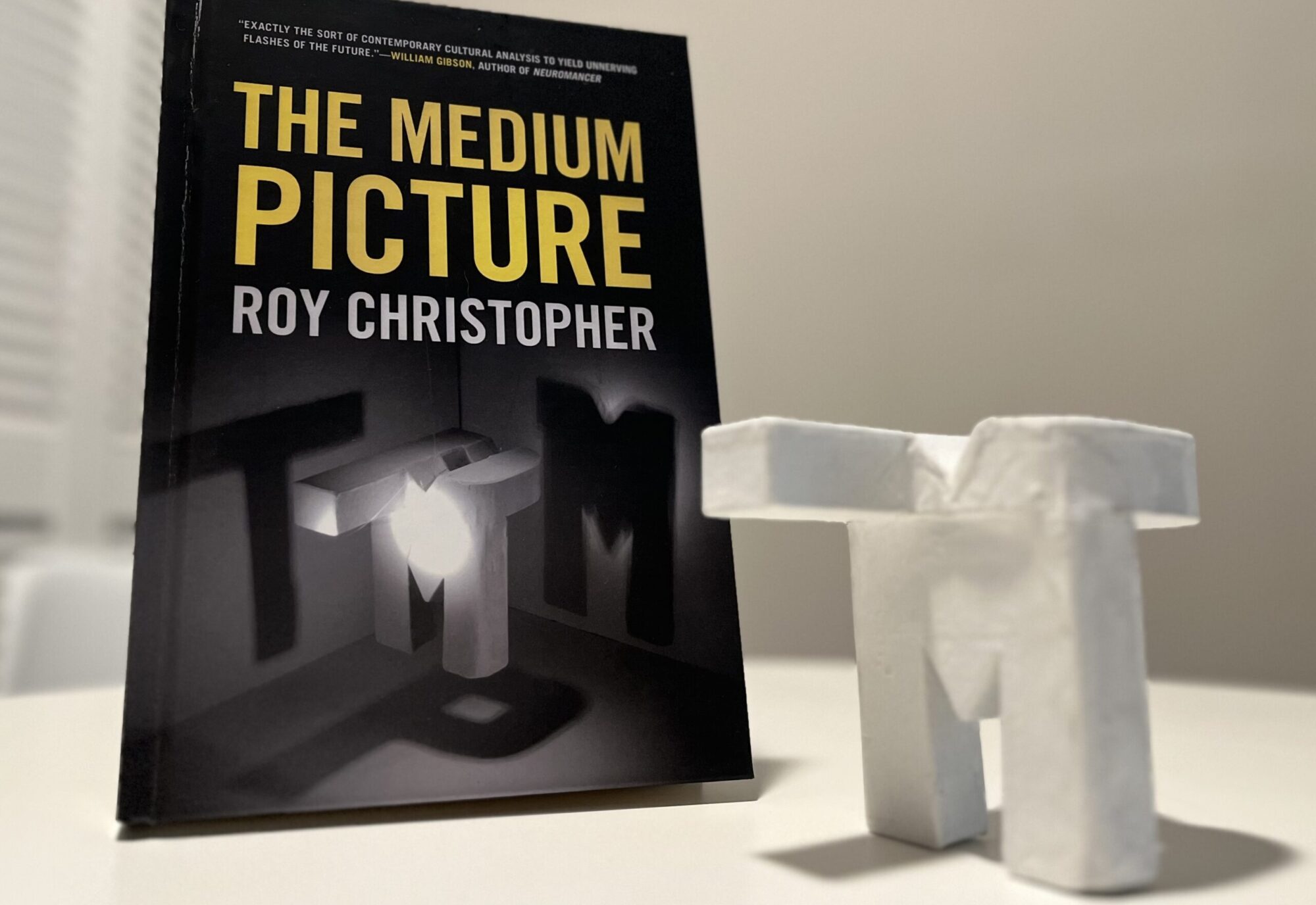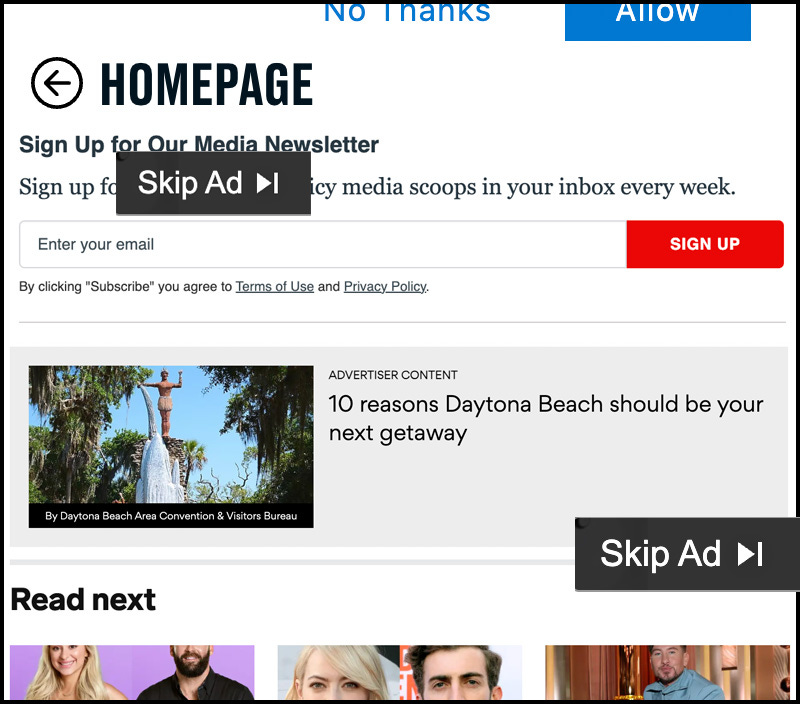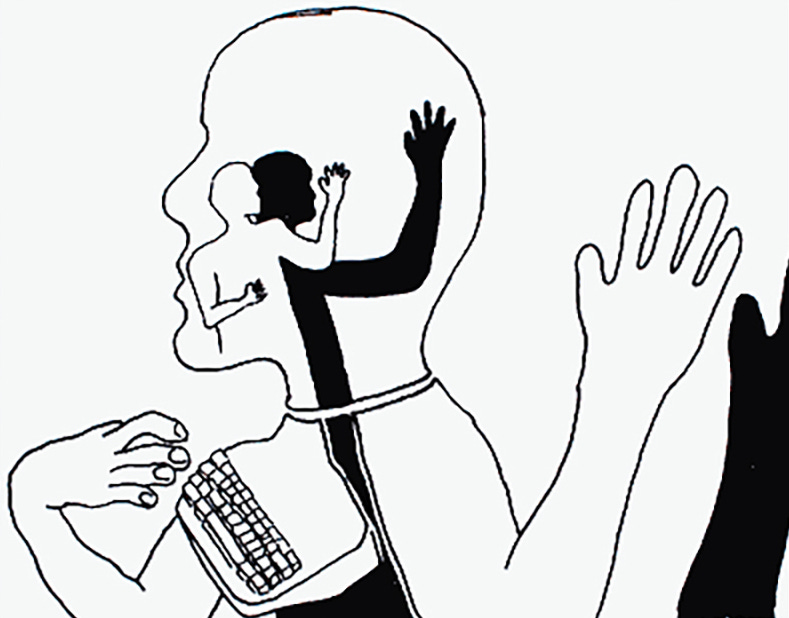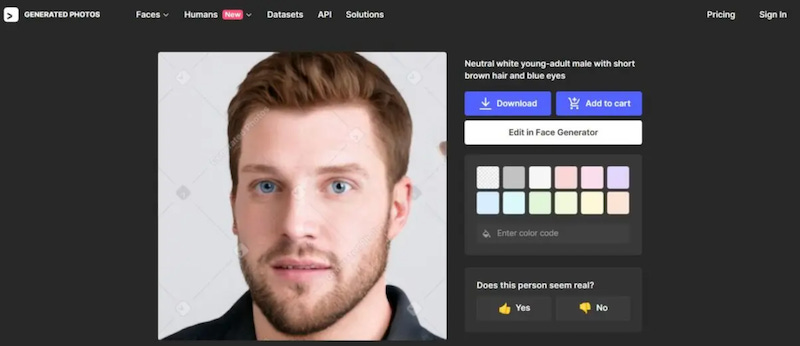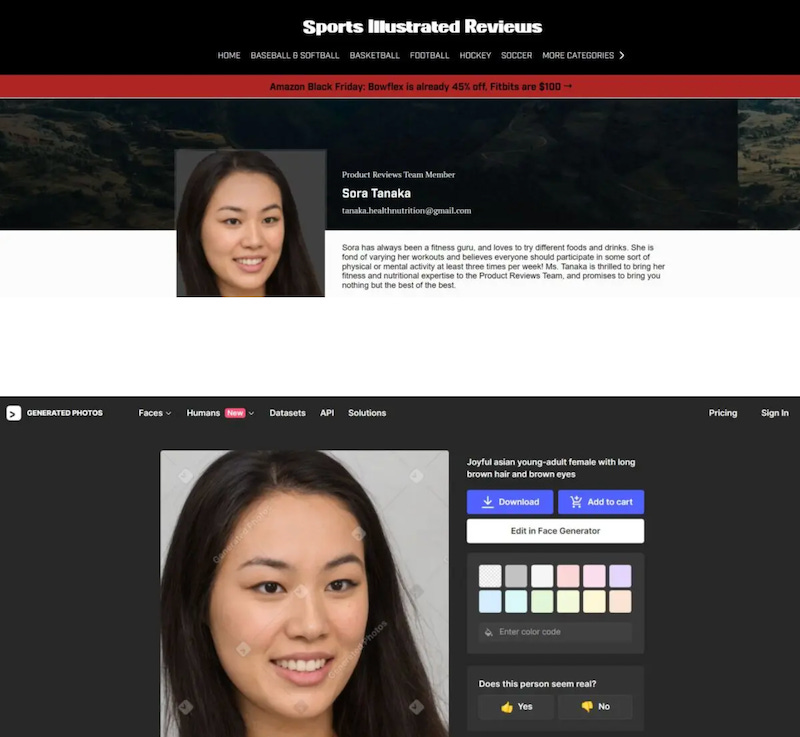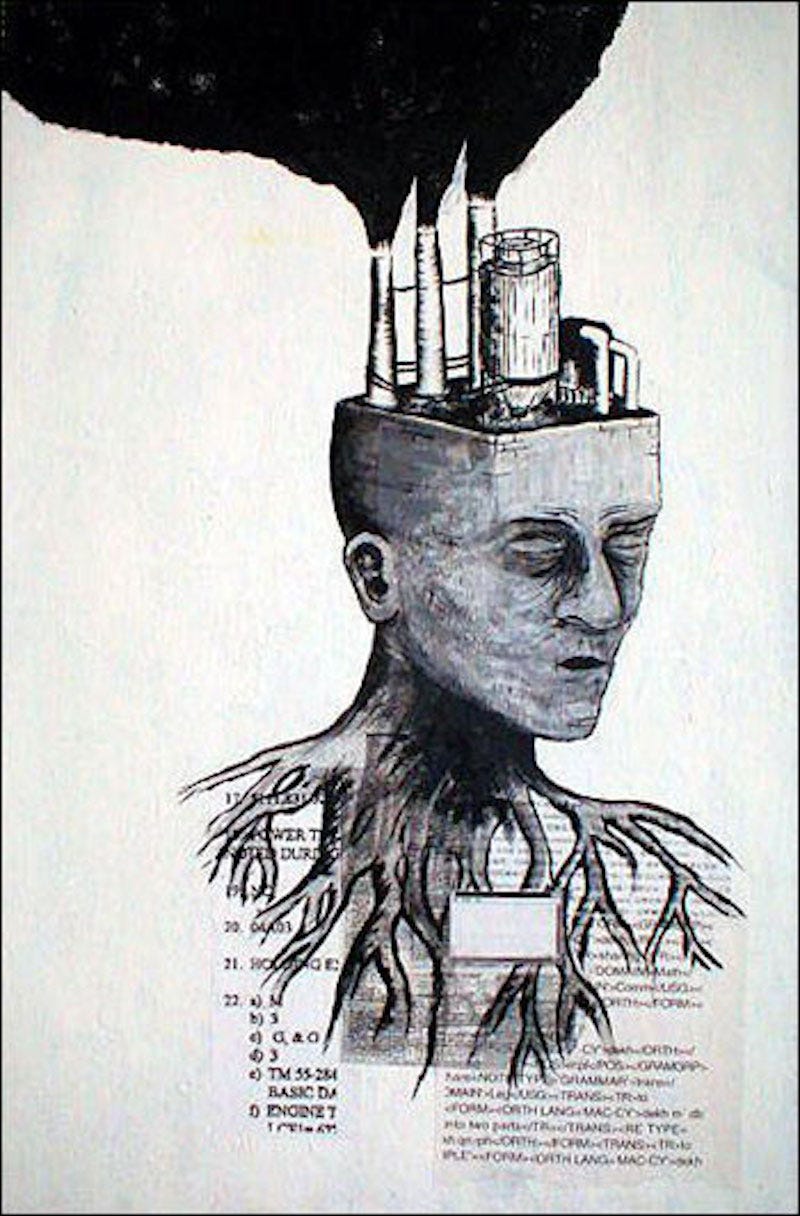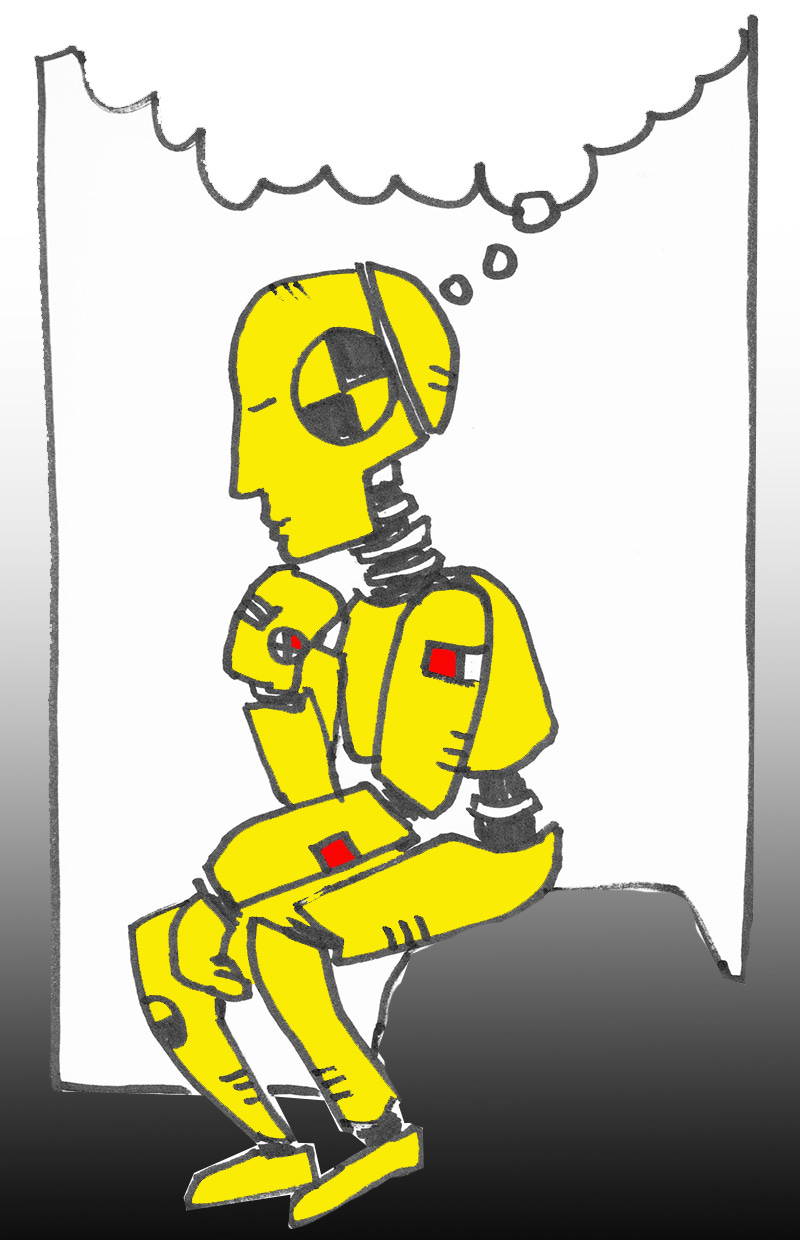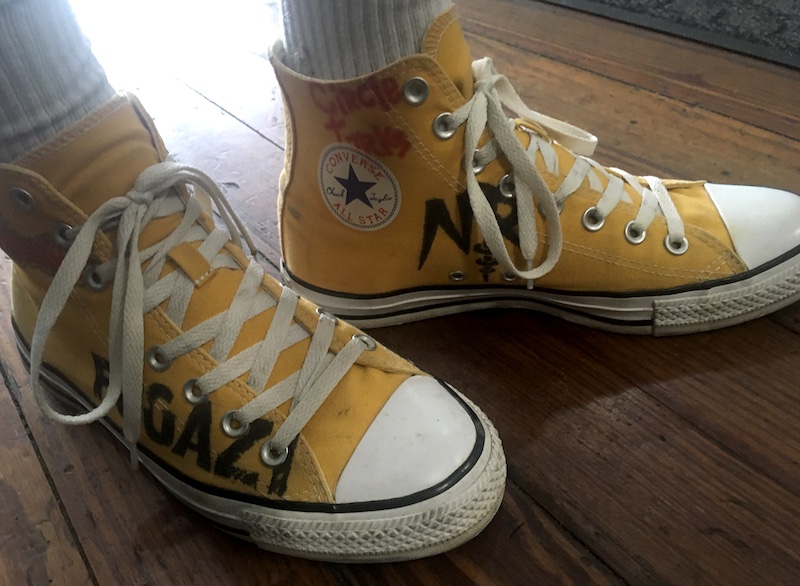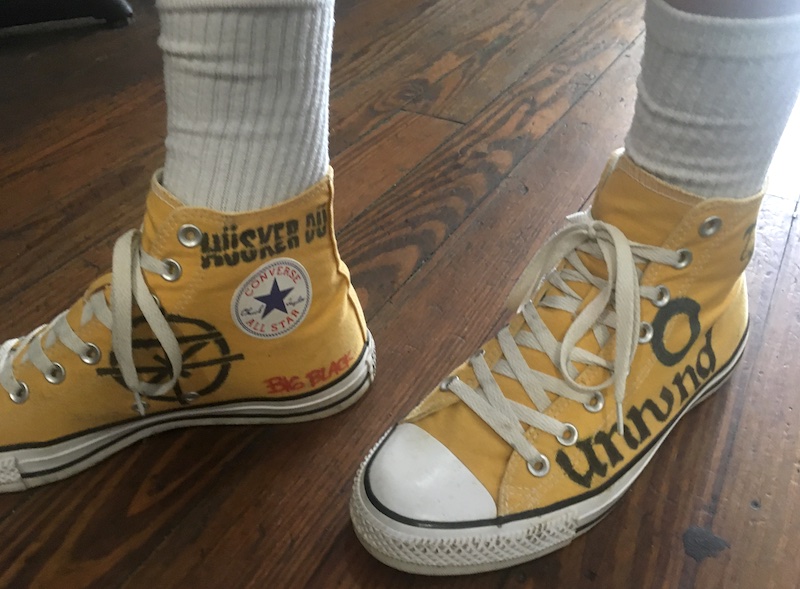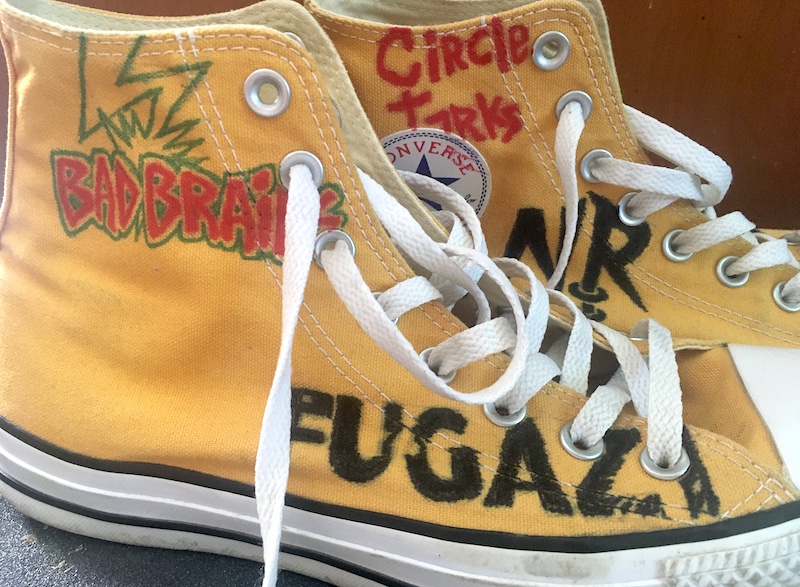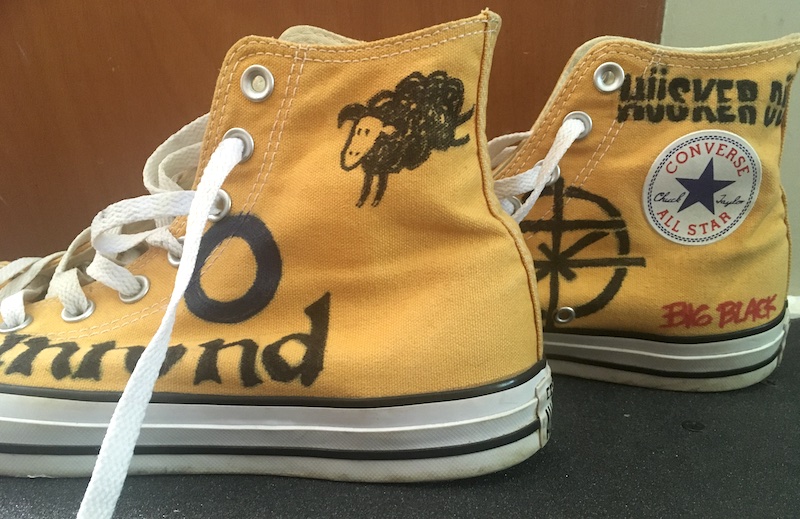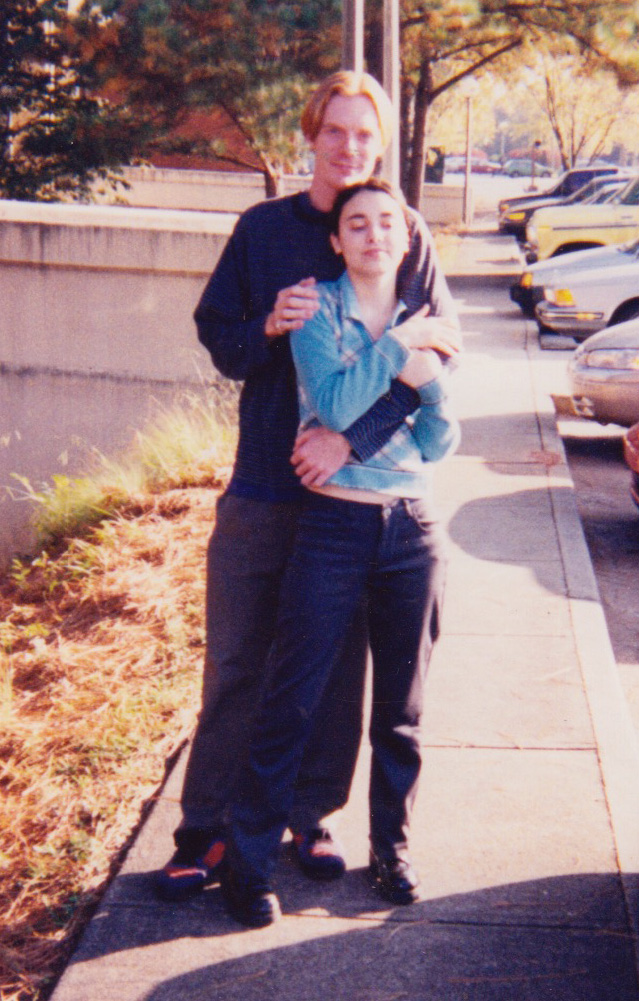Growing up watching cartoons and slapstick comedies made it seem like rare one-off events like getting stuck in quicksand, slipping on banana peels, and anvils falling from the sky were persistent problems in the world. Not only that, but primetime dramas made it seem like adults could get arrested for anything, and they might never even know the reason! The world seemed dangerous in ways that it really wasn’t.
Posited by George Gerbner in the early 1970s, cultivation theory states that among heavy television viewers, there is a tendency to view the world outside as similar to the world the way the television depicts it. That is, heavy media consumption tends to skew the general views of the media consumer.
Around the turn of the millennium there was a major push in certain underground circles to subvert consensus reality. The internet had connected people according to their esoteric interests (“find the others” as one popular site put it at the time), and it had evolved to a place where they could launch campaigns against the larger culture. Rabble-rousers came together in temporary autonomous zones to jam culture and pull pranks on the squares.

Since December 4, 2009, Google has been personalized for everyone. So when I had two friends this spring Google “BP,” one of them got a set of links that was about investment opportunities in BP. The other one got information about the oil spill. Presumably that was based on the kinds of searches that they had done in the past.
Combine Gerbner’s cultivation theory and Parser’s filter bubble, and you’ve got a simple recipe for media-enabled solipsism. “Participatory fiction. Choose your own adventure,” the conspiracy theory chronicler Robert Guffey writes. “Virtual reality, but with no goggles necessary.” False microrealities like the Deep State, PizzaGate, and QAnon come alive in this environment. A limited ecosystem produces limited results.
It’s not farming and it’s not agriculture, it’s gardening: each of us hoeing a row, working a plot to grow only the food we want, regardless of what everyone else is eating.
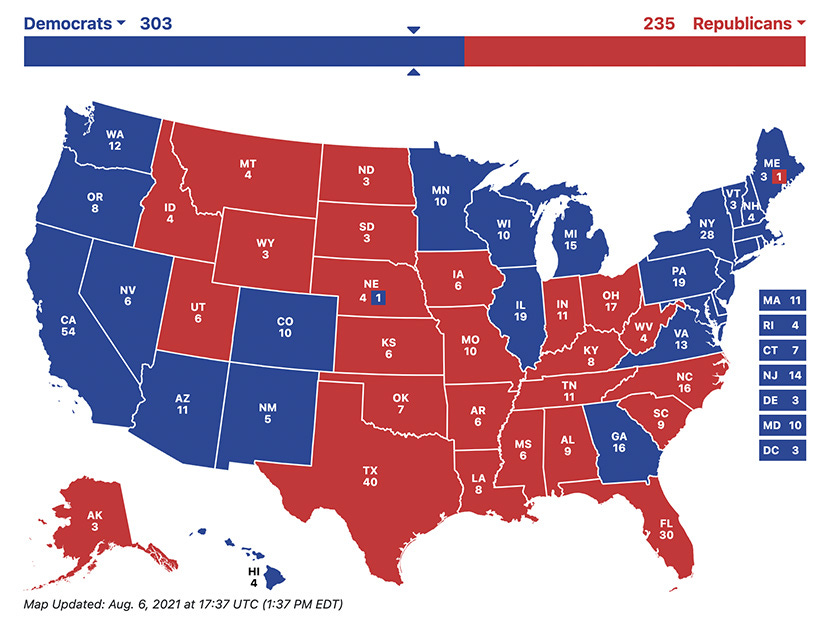
This fragmentation in the United States has never been more evident than during the last few presidential elections. Above is the electoral map from the last one. As the nightly network news spread out into 24-hour cable coverage, so did its audience and its intentions. In his book, After the Mass-Age, Chris Riley writes that instead of trying to get the majority to watch, each network preferred a dedicated minority: “Now you didn’t win the ratings war by being objective; you won by being subjective, by segmenting the audience, not uniting them.” And we met them in the middle, seeking out the news that presented the world more the way we wanted to see it than the way it really was. With the further splintering of social media, we choose the news that fits us best. If we’re all watching broadcast network news, we’re all seeing the same story. If we’re all on the same social network, no two of us are seeing the same thing.

Rewind: Above is the electoral map from the 1984 US presidential election. Republican incumbent Ronald Reagan carried 49 of the 50 states, while Walter Mondale pulled only his home state of Minnesota and the District of Columbia. The year 1984 stands as the most united these states have ever been behind a president.
This map is the product of broadcast and print media: one-to-many, mass media like television, radio, newspapers, and magazines. Over the past 40 years those platforms have divided and splintered further and further into unique, individual experiences. The 2020 map above is a product of the internet and social media: many-to-many, multiple sources and viewpoints, and fewer shared mediated experiences.
The medium is only the message at a certain scale, and that scale is diminished.
Reality doesn’t scale in the way that our media depicts it. Nietzsche once called any truth a “useful fiction.” Now that’s all we have, but a lot of them aren’t useful, and none of them are sustainable. A temporary autonomous zone is just that — temporary. There is no longer a consensus to subvert, but we need to know what everyone else is eating if we’re ever going to eat together again.
This is only one of the results of our media gardening. If we share fewer and fewer mediated experiences, some of those disconnections are going to have consequences. Tucked away in the alleys and valleys of our own interests, we stay entrenched in our own tribes, utterly outraged at any other tribe’s dis, disdain, or destruction of one of our own’s preciously held beliefs. The internet has exacerbated these conditions. Instead of more connection, there is a sense of more dis-connection. Where we are promised diversity, we get division. We burrow so deep in our own dirt that we can’t see the world as it really is: a spinning blue ball covered with tiny cells, passive plants, and dumb meat, each just trying to make its own way. Starting from such focus, we can find ourselves in a place. We can belong at a certain level. It just feels like now we never seem to zoom out far enough to see the whole. Instead of giving us the tools to see the bigger picture, the algorithmic biases of our media feed our own individual biases.
Retreat is not the answer, retreat is the problem. We need more connection, not less — real connection. We need to eat at the same table once in a while. We need to engage more with those who aren’t like us. Lift the little ones, help the ones who need it, and learn as much about each other as we can.
